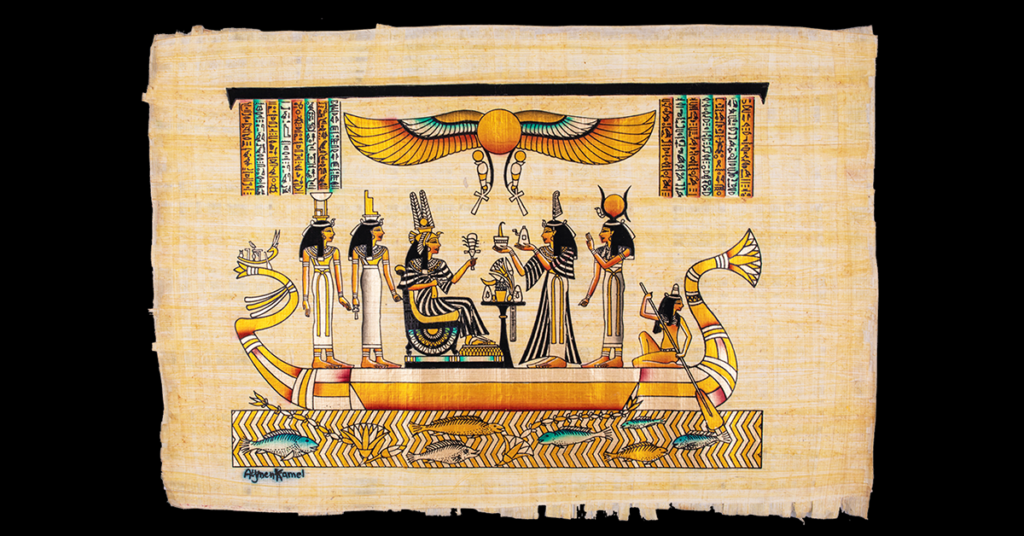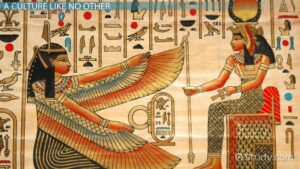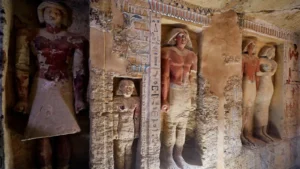Ancient Egypt’s papyrus

Ancient Egypt’s papyrus is thought to date back to around the fourth millennium B.C.E., and papyrus, in history, expands from Egypt to the rest of the civilized world, remaining a popular writing material until well after the invention of other materials such as parchment and paper. When papyrus was first invented, the only other writing materials were hard clay slates and small pieces of dried leather, neither of which served as great surfaces for more than a few smudged words at a time. Because of this, the thin, easy-to-use papyrus quickly became the most popular writing surface in the ancient world. Ancient Egyptians, Romans, and Greeks loved papyrus for its receptive and portable nature.
Papyrus remained the leading form of writing material until the invention of vellum parchment paper around 0 C.E. Vellum was thinner and more receptive to pen than papyrus and, originally made from the skin of a young calf, which was much smoother than papyrus. Although vellum quickly overtook papyrus as the most used writing paper, papyrus remained in use throughout the world until around 1100 C.E., well after the invention of modern paper in China.
What replaced the papyrus scroll?
The papyrus scroll was used for many thousands of years in Egypt and around the world. It began to fall out of popularity as vellum parchment quickly became a more preferred material around 0 C.E.
How did Egypt make papyrus?

Papyrus was made by slicing the pith inside a papyrus plant’s stalk into thin strips. These strips were likely lain in a crisscross of two layers, flattened, and dried into a sheet of papyrus paper.
What were papyrus scrolls used for?
Papyrus scrolls were used in ancient Egypt and the Mediterranean as a way to record history and create art. Many surviving scrolls depict the legends and religious stories of the time.

What is papyrus in ancient Egypt?
The word ‘papyrus’ can refer to the papyrus paper used to record history and create art in the ancient world. It can also be used to describe the marshy plant used to create papyrus paper.





